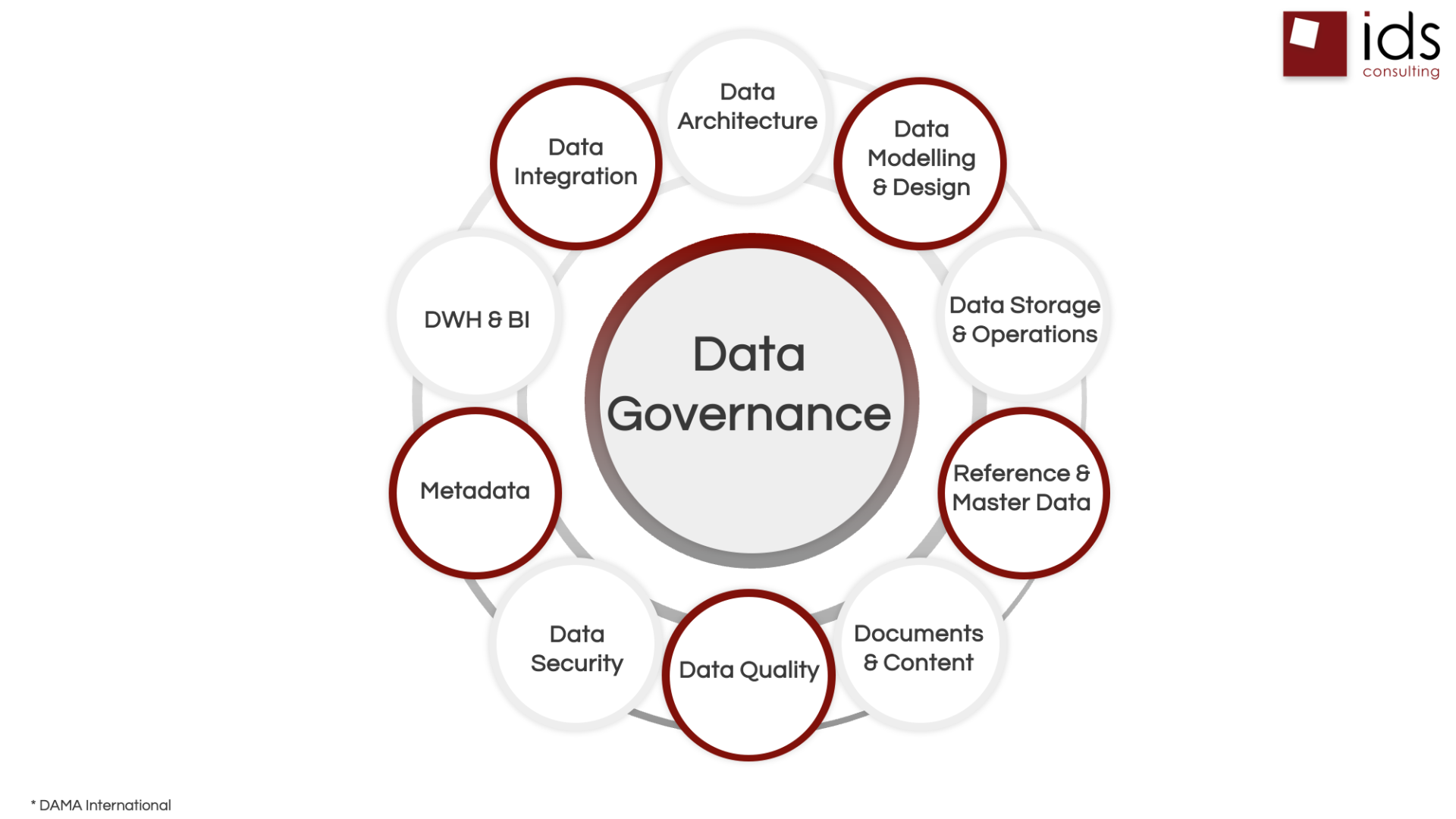BUILDING A SUCCESSFUL DATA WAREHOUSE: PRACTICE MAKES PERFECT
Wednesday 20 Sep, 2023

The significance of data in modern work environments cannot be overstated. From the moment a car engine starts, a payment to a merchant is initiated, something is searched online or a customer applies for a loan, data is generated and must be effectively managed.
From the beginnings of data awareness until nowadays, technology evolved and together with it, enterprise architectures increased in complexity. As a result, the manipulation of increasingly large volumes of diverse data became mandatory.
Data has evolved into a company's most prized asset and the need of a Data Warehouse emerged regardless the industry the company operates in. However, the evolution of technology has led to the emergence of new platforms and architectures in the data management field. These include Cloud-based solutions, real-time data processing, self-service data analytics, data lakes, data lakehouses, data mesh and other cutting-edge technologies.
Despite these trends, there are timeless DOs and DON’Ts that our experts have learned from our experience in implementing Data Warehouses over the past decade. These lessons will continue to apply for years to come.
In this article, we will delve into these key lessons learned across various dimensions, including requirements collection, implementation methodology (phased vs big bang), data modeling, source agnostic data integration, golden data sources, data quality and more.
Exploring the 10 Data Management Disciplines
Within the framework of Data Governance, ten crucial data management disciplines play a pivotal role. We will take a closer look at some of them to underscore their significance.
1. Data Modeling
In the context of a reporting system’s integration layer, Data Modeling goes hand in hand with the data integration concepts.
Data Modeling includes includes the creation of Data Models (Conceptual, Logical, Physical), which map relationships among data elements and provide the blueprint for database construction. Simultaneously, Data Integration ensures the seamless execution of ETL processes from multiple systems, culminating in a unified, consistent data view known as the "single view of the truth."
2. Reference data
Reference data is comprised of data used to classify or categorize it such as units of measure, country codes, conversion rates, calendar. Quite often, it can be defined by industry conventions, national or international standards.
Also, this Reference Data cand have some data integration implications J.
3. Metadata Management
Metadata allows you to use data more efficiently by providing critical information about it.
The metadata you use can be technical or related to business understanding and interpretation of data. For example, metadata can be data type, where the data was sourced from, what reports use that data, how often that data is queried, etc.
4. Data Quality Management
Data Quality management seeks to correct errors and inconsistencies in raw data. Data Quality provides the structure necessary for data to fulfill the needs of the business teams, using techniques like data profiling, data cleansing and data validation.
5. Data Architecture
Data architecture is one of the most important disciplines of Data Management.
When implementing a Data Warehouse, you can find architecture best practices in the industry to guide you through the process. However, you always need to take into consideration the specific ecosystem of each company, its business strategies, existing skills of the resources and so on.
So let’s consider a classical architecture, maybe one of the most common encountered by us :
- There are multiple sources that provide data;
- This data is being loaded in the data warehouse, which has 3 main layers:
- a layer where the data is replicated 1:1 from the source system;
- a layer where data is loaded and stored normalized and integrated
- a third layer where data is prepared for consumption in a dimensional display.
Let’s assume that for this architecture you already went in discovery of data sources so you already know the data types, formats that can impact your Data Warehouse design(at least for the most important ones). The decision on the ETL framework to be used is made (whether is a third party or custom built one) and you know if your reporting system will be on-premises or on-cloud together with the decision ETL vs ELT. There is a solution on how to capture the changes from sources (CDC etc.). The Business Intelligence tool has been chosen.
So the Tech stack is established. Considering this, you start your implementation.
And from this point on, the most common deviations that can affect your implementation success and have a negative impact on the stakeholders (even on an exceptional setup) are related to bypassing the main principles of data management.
Practice makes perfect
In every technology landscape, be it on-premises or in the cloud, when implementing a reporting system, we always need to have in mind the data management disciplines. There is no perfect implementation, but we must work to continuously improve it.
Conclusion
Embarking on the journey to build a successful Data Warehouse requires in-depth expertise in data governance, meticulous adherence to data disciplines, and an unwavering commitment to refining practices. IDS Consulting’s extensive experience underscores the importance of these principles, ensuring a robust foundation for data-driven excellence.
Discover how these Data Management disciplines are put into practice in real-world use cases and within your IT Framework development during our Main Stage panel discussion at DevTalks Cluj on September 27th. Join us as Alina Giurescu and Alexandra Georgescu, our seasoned Data Warehouse and BI Consultants with over 15 years of experience in data implementations, share their wealth of knowledge.

